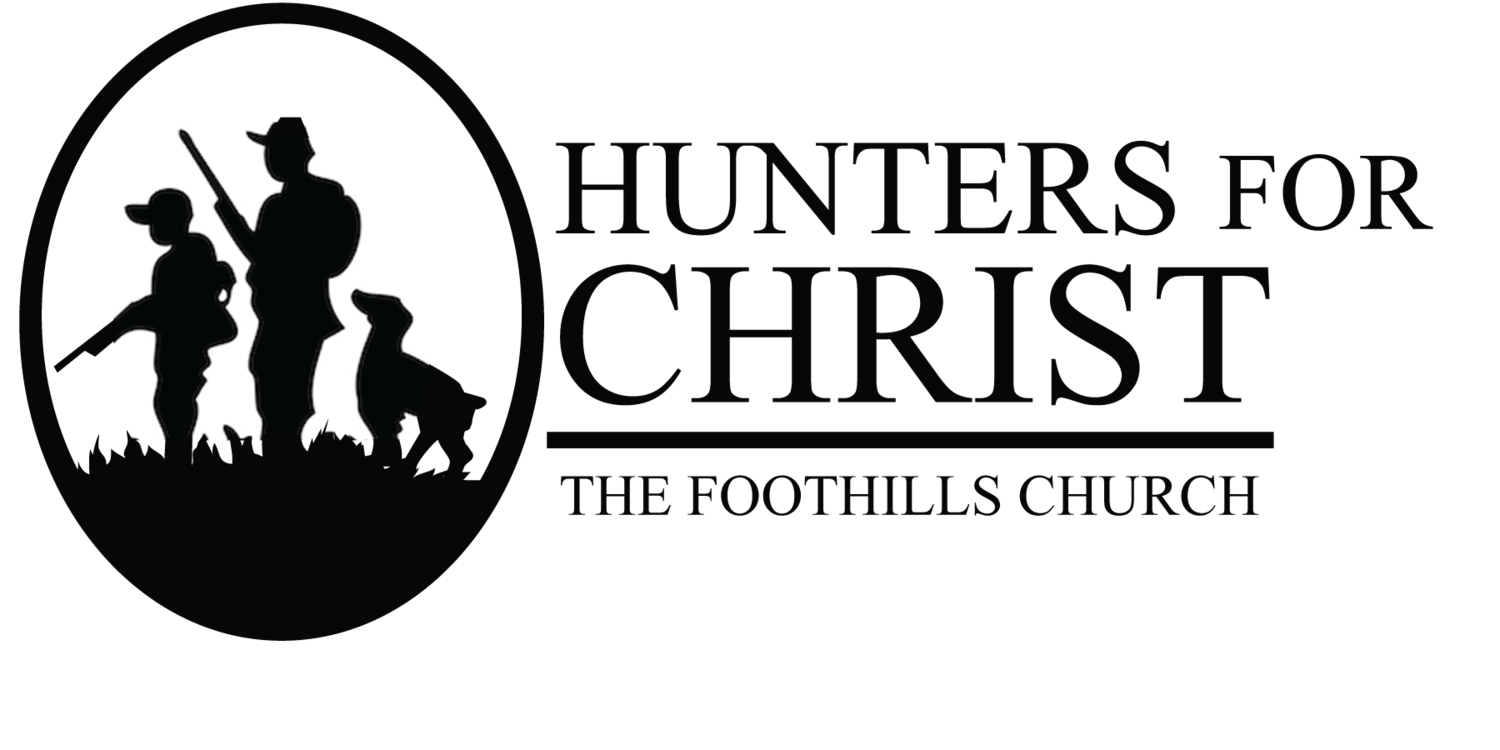If you are going to learn reloading, the first thing you need to learn is safety. Nobody wants to experience a reloading mishap by not following the rules or by taking shortcuts. Yes, you can do things like over charge a case, use the wrong powder (that’s a biggy), use the wrong primers, wrong bullets (too heavy), wrong load data, and so on. Reloading accidents don’t happen very often but they do happen and personal injury and/or a destroyed rifle or pistol will go way beyond a bad day.
Probably the first piece of equipment you should get is a reloading guide with load data for the cartridges you shoot, because of the reloading steps and safety procedures listed in the beginning of them. I have a couple of older guides as well as newer ones and safety is in all of them. Please follow what they tell you. Most, if not all, bullet makers publish guides to give you information on their products. My personal favorite is Nosler (for no peticular reason). The guides will give you plenty of step-by-step instruction to keep you out of trouble.
Developing your own loads that are accurate will give you a great level of confidence by not only being a better shot, but choosing the right bullet for whatever critter you may be after or for shooting itty bitty groups at the range. Which brings up a point about safety… Let’s say you’re at the range talking with somebody, and they suggest that you need to try the bullet/powder combo they use. You should have the sense to research the information that was given to you. Sometimes they’re right on, sometimes not – but at least you figured it out the easy (safe) way and not the hard way. It’s kind of like when someone tells you they are a believer – and then they say that it’s ok to do something that goes against the word of God. Reloading guides are there to keep you safe, like the Bible, but you have to read it to stay safe, just like the Bible.
One thing you will notice in the Reloading guides is that they will list only certain types and brands of powder with different bullet weights for a particular cartridge. There is a reason for this – it’s called burn rates. Little cartridges like a 40 cal use fast burning powder because of small case capacity, a .243 will use medium burning powders for the most part and large cases will take medium to slow powders. We can get into more detail on this later, but the bottom line is, if you fill a large case with a fast burning powder you’re dead, or you will need a miracle from Jesus. You can look up burn rate charts online and get an idea of what powder companies are telling you. Powder companies like you and want to keep you safe.
I’m not trying to frighten you away from getting into reloading but to encourage you to learn as much as you can so you keep out of trouble. Reloading is more common sense than anything else and right now it’s harder to get reloading components than to actually reload. Hopefully that will change in the near future.
-Rick

